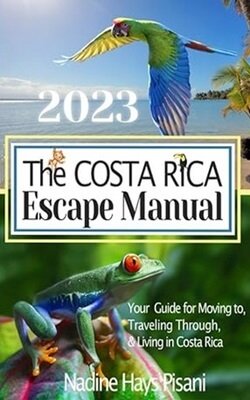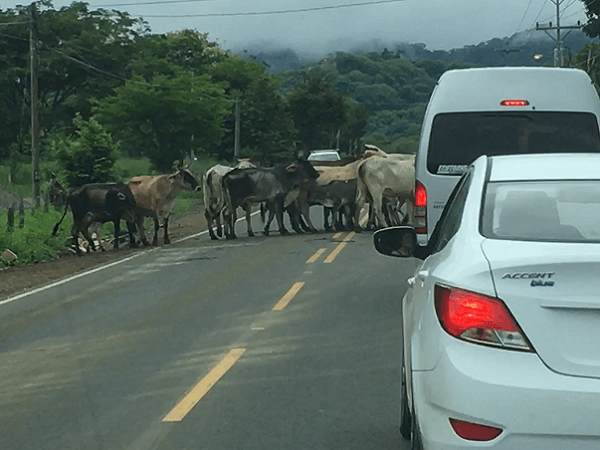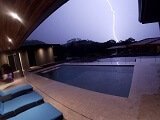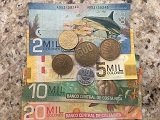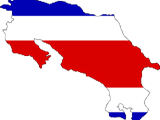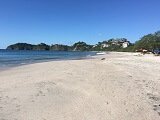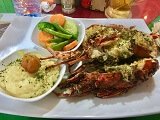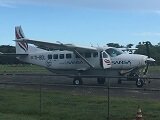- Home
- Visiting Costa Rica
- Things To Do
- Fishing
Search this site
Fishing in Costa Rica
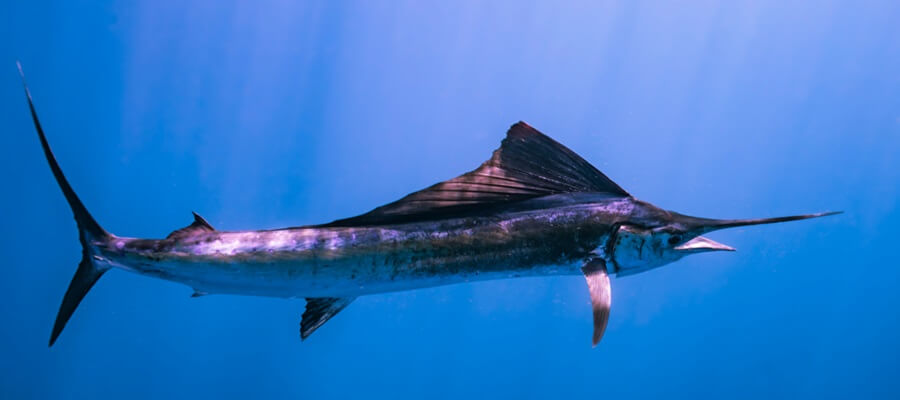
Ah, Costa Rica - one of the most
beautiful countries in Central America, with its stunning beaches, lush
rain forests, and abundant wildlife. However, for any avid angler, it's
the incredible fishing in Costa Rica that truly seals the deal.
An outstanding fishing destination, Costa Rica offers both inshore and offshore fishing opportunities throughout the year. It is not just one of the best fishing spots in the world, but also a pioneer in the practice of catch and release, preserving the health of its marine ecosystems for future generations. Costa Rica takes pride in its stringent catch and release rules especially for species like the Marlin, Sailfish, Roosterfish, and Tarpon. This practice is significant for preserving marine biodiversity and ensuring sustainable fishing for years to come.
Types of Fish
cNow, what types of gamefish are in Costa Rica, you ask? You'd be astounded by the variety. You could hook Marlin, Sailfish, Roosterfish, Tuna, Mahi-Mahi, Tarpon, Jack, Snook, Pacific Makerel, Wahoo and Red Snapper, among others. Each offers a unique thrill and adventure when you feel that tug on the line.
One of the most sought-after catches in Costa Rica
is the formidable Marlin. This powerful brute is known for its
incredible leaps and tireless fight, making it an exciting, challenging
catch for any angler.
Peak Marlin season is
typically around September to December. Marlin are located from 20-40 miles offshore. Marlins must be immediately released.
Sailfish, cousins to the Marlin, are also
prolific in Costa Rica's waters. Acclaimed as one of the fastest fish in
the ocean, Sailfish can be found year-round but are most plentiful on
the Pacific coast from
December to April, especially when the Papagayo winds churn up the
ocean off of northwestern Costa Rica in February and March. Sailfish
are typically located 20-30 miles offshore. Costa Rica is known as the
sailfish capital of the world. Costa Rica law requires that Sailfish be released immediately and cannot be removed from the water.
Roosterfish, with their unique seven-strand
dorsal-fin, are a prevalent inshore species found along the Pacific
coastline. They're best targeted from December to March, providing an
extra thrill for the angler with their strong, unpredictable fight.
Roosterfish can be caught on live bait and large poppers. These fish
are located close to shore and hang out around rocky reefs, points and
islands. The Roosterfish must be released.
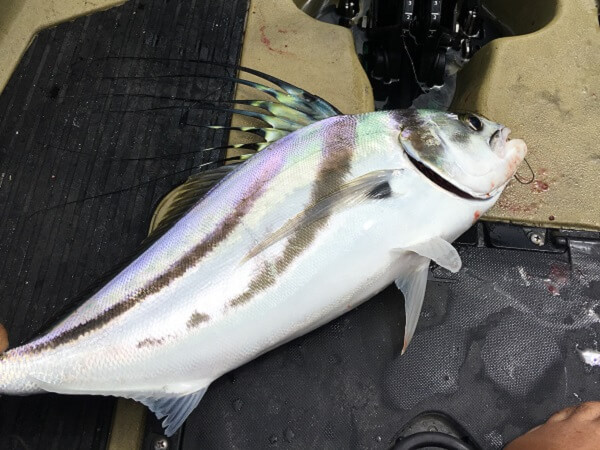 Roosterfish
RoosterfishIf it's Tuna you’re after, you're in luck. These hard-fighting, delicious fish are available year-round, with the largest numbers caught between May and November. Tuna schools are located from 5 to 30 miles offshore.
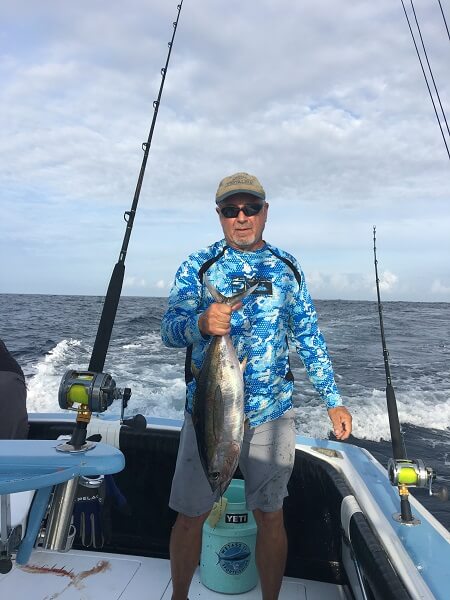 Small Yellowfin Tuna
Small Yellowfin TunaThe vibrant Mahi-Mahi, also known as Dorado, is another treasure in Costa Rica’s seas. These brightly colored fish are a common catch between May and November and also be found between 5 to 30 miles offshore. During the heavy rain months of September and October, the Mahi-Mahi move closer to shore and hang out in the debris fields of floating wood that has been washed out of the rivers.
Pacific Mackerel are plentiful and located close to shore and around nearby islands. This tasty eating fish can be caught on a variety of very fast moving jigs and spoons. Slow presentations rarely catch any.
Jacks are fun to catch and are very strong. They hang around very close to shore and can be caught on poppers and live bait.
The Snook cruises the shallows and often times are found at the mouths of rivers and streams. The best time to catch these on the Pacific coast is during rainy season, May through October.
Tarpon, those
spectacular leapers and strong fighters, are best found on the Caribbean
side of Costa Rica, especially from February to May and in September
and October, providing anglers an exhilarating experience during those
periods. Tarpon must be released.
The Wahoo is one of my favorite fish to catch and eat. Best fishing for these giants is on the Pacific coast starting late April through June when the water is clear. We have caught many just 5 miles offshore.
 Wahoo
WahooCost of Fishing in Costa Rica
The cost to charter a boat in Costa Rica varies greatly depending on the boat, equipment and duration of the trip.
At the low end you can find captains in small towns that will take you out in a small panga boat that will fish 2 people maximum for $200 for a half day.
In the middle, a 20-25 foot center console that will fish 3 to 4 will start at $700 for a half day and go up to $1200 for a full day. These boats generally do not have a restroom.
At the high end, the larger boats that will fish 4 to 6 people, have a restroom and full cabin will run $1500 to $3000 depending on half or full day.
In Costa Rica, and it varies a little by captain, a half day will be from 7am to noon and a full day from 7am to 4pm.
Finding a Charter Fishing Company
Finding a good fishing charter and captain can be challenging. Almost everybody who owns a boat claims that they are experienced and can take you out. There are also middleman companies that simply redirect you to a fishing charter company but give the appearance that they are taking you out themselves.
The best way to find someone good is through networking with people that you meet and trust. I don't mean someone that strikes up a conversation on the street but someone that you become friends with and the topic comes up.
I have been on several charter boats in Costa Rica. They ranged from horrible rods and reels (where the reel would jam while fighting a fish) to a boat engine that was poorly maintained and barely running making for a slow trip everywhere, thus eating in to our fishing time.
Check out the boat before you book it. Make sure they have emergency radios and life jackets. Not all do. Take a look at the fishing equipment. Try to find a twin engine boat. Find a captain that combines their knowledge with how you like to fish. Find a boat with good electronics (fish finder and navigation) and a captain that knows how to use them. I have been on several boats that had the equipment but either it didn't work or the captain didn't know how to effectively use it.
The majority of captains want to troll (because it is easy), back the boat quickly into the fish, grab a fast picture (that they will use on their social media account) and get you back to the marina as fast as possible and get their tip. Trust me from many trips with captains like this, you don't want to do business with them.
Marinas
The best marinas to find charter fishing companies for your angling quest in Costa Rica are as follows.
Starting with Los Sueños Marina, in the town of Quepos on the southern Pacific coast, Costa Rica's largest full-service marina with 200 wet slips, dry storage accommodations and nearby restaurants and places to stay - a haven for serious anglers.
If you are near the Quepos/Manuel Antonio area, Jackpot Sportsfishing is the best. They will let you fish the way that you want to, whether it be with spinning or baitcasting reels, live bait, jigs, spoons, poppers or trolling, they are the best. Many companies will simply take you out, troll a bunch, hook the fish for you and then back the boat up to the fish while you reel. Jackpot doesn't do this.
To the north, Playa Flamingo has a new, modern and beautiful marina with hotel accommodations just steps away. In this area the best company to use is Salt Hunt CR. Great boat and equipment and again, they will let you fish the way that you want to.
Next, the famous Marina Papagayo has emerged as
the new hotspot for sportfishing on the northern Pacific Coast. Its
fantastic facilities and strategic geographical location make it a
game-fishing paradise. The Papagayo area is a high end resort and home location so expect the cost to take a charter boat from here to be much more expensive than some of the other areas.
Another area that has fishing charters is Playas del Coco. While they technically don't have a marina, boats are anchored in the protected harbor.
If you're on the Caribbean side, the Moin
Marina near Limon is the place to look for charter companies. You will
find many expert captains who'll guide you to the best Tarpon fishing
spots in the region.
The Ocean and Weather in Costa Rica
The very first thing that stood out here was the huge tidal swings. It can range from between 7 to 10+ vertical feet which is a lot of moving water. But most importantly, it exposes underwater reefs that can be just under the surface and are great places to catch Roosterfish, Jacks and Snappers.
Costa Rica, especially the Guanacaste area, has two seasons, dry (or brown) and rainy (green). The green season, which runs from early May to mid-November, sees the most amount of rain, wind is light, surf is larger but is also the time when the fishing is the best. Dry season brings virtually no rain, small surf but there can be days when it is really windy and the boats cannot go out. This usually happens in the northwestern part of Costa Rica near Tamarindo, Playa Flamingo and Playas del Coco. The southern Pacific regions such as Quepos usually do not experience strong winds.
In Summary
Whether you're a
hardcore angler aiming for the next big catch, or whether you simply
want to soak up the sun on a boat in Caribbean or Pacific waters, Costa
Rica provides a distinct, unique, and unforgettable fishing experience.
While
every angler will have their preferred spots, fishing in Costa Rica
truly offers something for everyone, regardless of your preferred
gamefish or the season you decide to visit.
In essence, the Costa
Rican fishing experience offers not only a fantastic variety of
gamefish and pristine fishing spots but also an opportunity to engage in
a sustainable activity that respects and preserves marine life. The
fishing is extraordinary, the biodiversity astounding and the commitment
to conservation inspiring. Fishing in Costa Rica, is indeed enjoying
the best fishing in the world. Happy casting!
